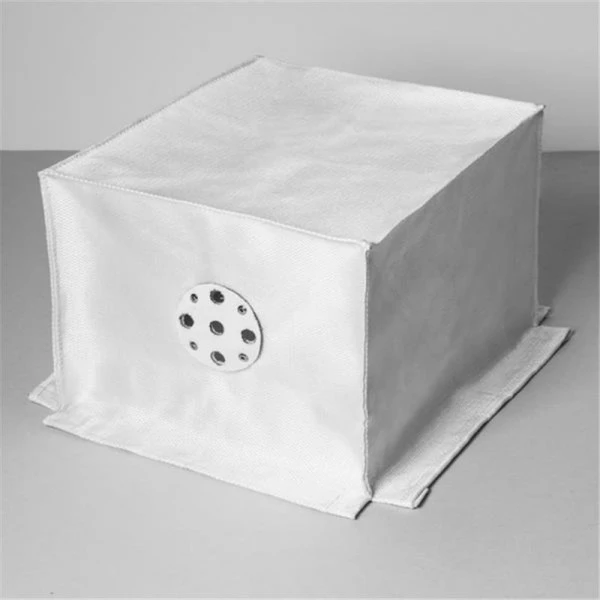A fire hood is a protective cover that is installed over a recessed luminaire, such as a downlighter, either as a means of restoring the fire resistant integrity of the ceiling in which it was installed or as a means of providing a protective void againts the accumulation of debris or the installation of insulation material.
There are proprietary products in various sizes and materials, some of which can be fitted from below through the cut-out hole for the luminaire. It is important to ensure that the correct size is installed to allow for adequate ventilation for the luminaire and associated components.
It is also acceptable to build boxing around the luminaire in plasterboard or similar fire resistant material, but this requires access from above.
When are they necessary ?
This question is related to the installation of any recessed or semi-recessed component, including luminaires [light fittings] into ceilings [or walls] in domestic premises and the effect this may have on the integrity of the fire resistance of the ceiling [or wall] if any. It has been further highlighted by the introduction of Part P into the Building Regulations.
Fire compartments
The spread of fire within a building is restricted by sub-dividing the building into compartments separated from one another by walls and/or floors of fire-resisting construction.
Dwellings
Property type A - Semi-detached and Terraced Houses
Walls that separate semi-detached or terraced houses are constructed as fire compartment walls and the houses are considered as separate buildings. Otherwise, the walls and floors within such dwellings are not constructed as fire compartment walls and floors. However, this does not mean that they do not require some degree of fire resistance. Under Building Regulations "Fire Safety" a minimum fire resistance is given as 30 minutes.
Property type B - Flats and Maisonettes
In buildings containing flats or maisonettes, every floor is constructed as a fire compartment floor and every wall that separates a flat or maisonette from any other part of the building is constructed as a fire compartment wall. Under Part B of the Building Regulations "Fire Safety" a period of fire resistance for fire compartment walls and ceilings will be at least 60 minutes.
Installing recessed or semi-recessed luminaires
In property types A , i.e. where walls and floors are not fire compartment walls and floors.
Tests carried out in 1996 by the DoE and TRADA to determine the effect of recessed downlighters [with no boxing or fire hoods ] on the fire resistance of a plasterboard and rectangular timber joist ceilling construction, concluded that they had little significant effect on fire ratings up to 30 minutes. The inferrence therefore is that at least with this type of ceiling it is not necessary to "box-in" or install fire hoods for the purpose of restoring the integrity of the fire resistance. However, where there is the possibilty that debris may accumulate or thermal insulation has been installed - for example in a roof space - a case could be made for "boxing in" or installing a hood to protect the luminaire and to create a void around it for heat dissipation. A clear void of 20cms around the luminaire and 75mm above may be considered reasonable, but manufacturers recommendations should always be followed where available.
In property types B, i.e where walls and floors are fire compartment walls and floors.
Part B of the Building Regulations "Fire Safety" permits openings to be made in fire compartment walls and floors "for certain purposes ... provided that they meet certain provisions". It is therefore advisable to clarify beforehand that these requirements would be met when proposing the installion of recessed luminaires. In any case, for fire compartments to be effective any openings must not present a weakness in the integrity of the construction and the fire resistance must be restored to be at least 60 minutes. The use of fire hoods or boxing-in could be considered as a way of achieving this but only if they meet the required fire resistance standards after installation. In some cases, often in kitchen and bathroom areas, a secondary "suspended" ceiling is installed to provide a means of hiding services or in some cases for sound insulation. In this instance, subject to recess depth, it is possible to install recessed luminaires without affecting the fire compartment ceiling above.
If in doubt consult your local authority Building Control Department.
Finally, if you have not already done so we recommend that you install at least one smoke alarm on each floor.
Passive Fire Products holds a range of fire hoods suitable for both residential and commercial situations.





